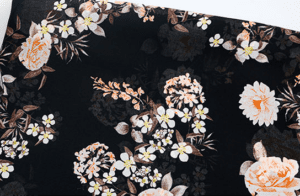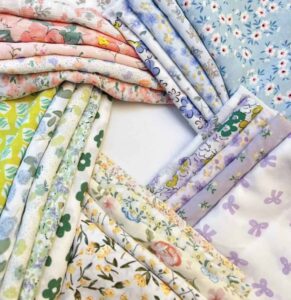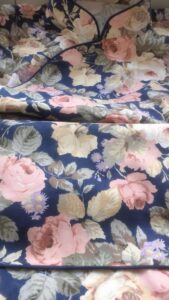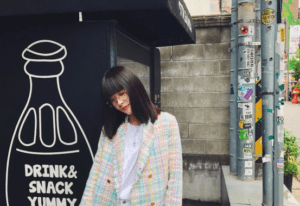Natural fiber
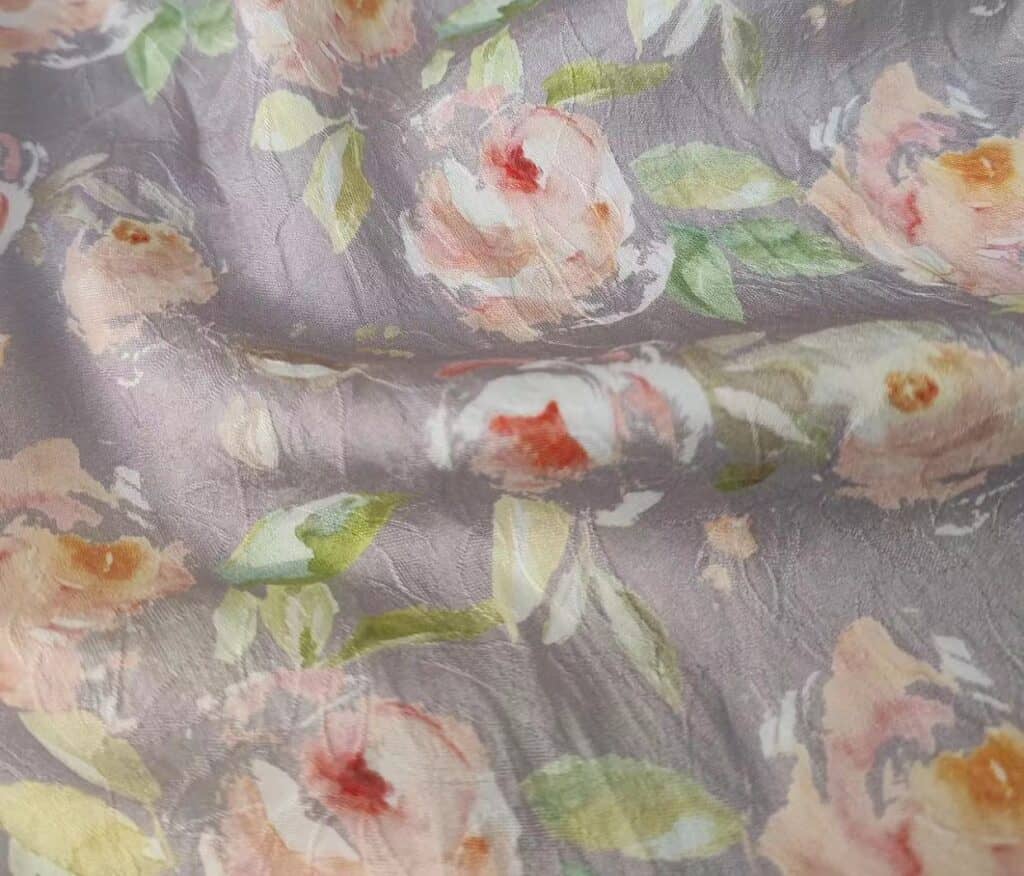
(1) Cotton
Cotton fabric has the following characteristics.
Strong moisture absorption, comfortable to wear, easy to dye, easier to shrink, alkali resistant not acid resistant.
Cotton fibers are more heat-resistant, but should not be treated for a long time above 100 ℃, such as ironing temperature at about 190 ℃. Cotton fabrics are best sprayed wet when ironing, to facilitate ironing.
Cotton fiber is soft, weakness, cotton fabric feel good, comfortable to wear, washable, but easy to wrinkle, suitable for all seasons of various types of clothing and bedding, etc.
Scenario case
Customer: “This shirt is pure cotton?”
Shopper: “Yes. Wear breathable, soft, cool, sweat-absorbent, very comfortable. Try it on, right?”
Customer: “Okay.”
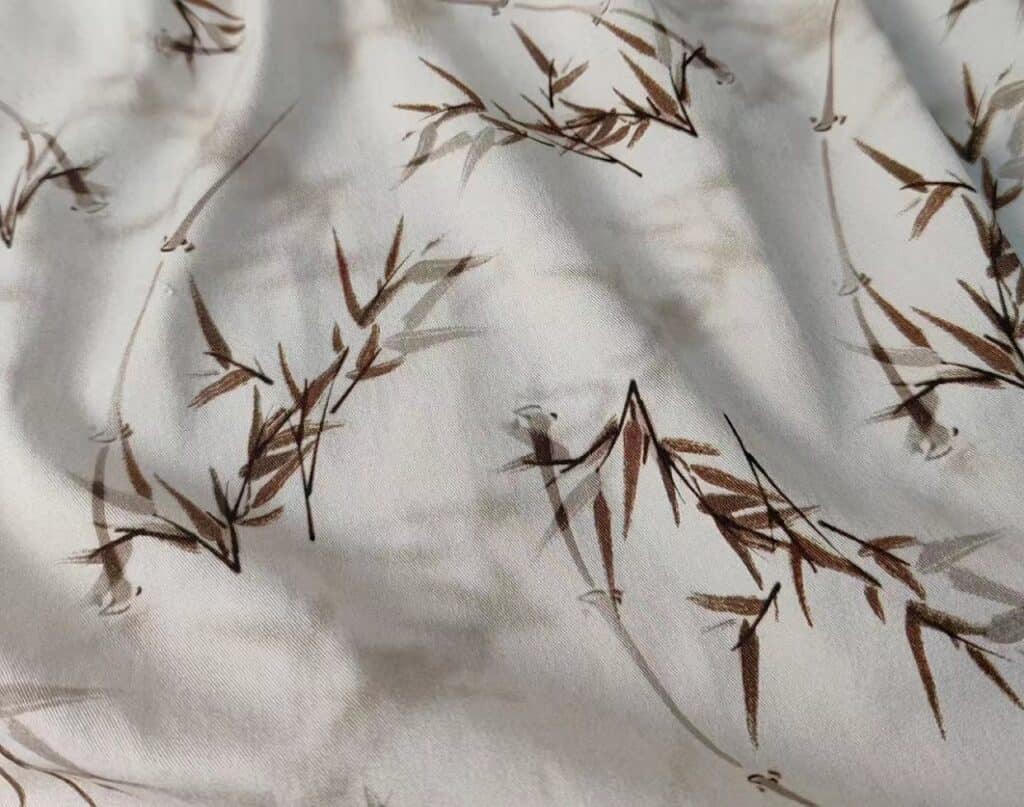
(2) Hemp
There are many varieties of hemp, such as ramie, flax, jute, hemp, etc., the current use in the fabric is more of the first two. Hemp and cotton have some of the same properties, as follows.
It is highly hygroscopic and resistant to alkali but not to acid.
Heat resistance is also better, ironing temperature up to 190 ~ 210 ℃.
Strength is higher than cotton, hemp fiber is harder, weakness is poor, the fabric is easy to wrinkle, than cotton fabric hard, stiff, cool.
The so-called summer cloth, that is, the ramie fabric that southerners love to wear, does not stick to the body after sweating.
Ramie is the best quality fiber among hemp fibers, which is cool, moisture-absorbent, breathable, etc. It is also stiffer, stiffer, stiffer, and less snug, making it suitable for making summer clothing. Ramie ramie is blended with polyester to produce “ramie”, which has a cool style.
★The fabric characteristics of clothing is one of the most important concerns of customers, and is also an important basis for their purchase decisions. Therefore, clothing shoppers must have an in-depth and detailed understanding of this.
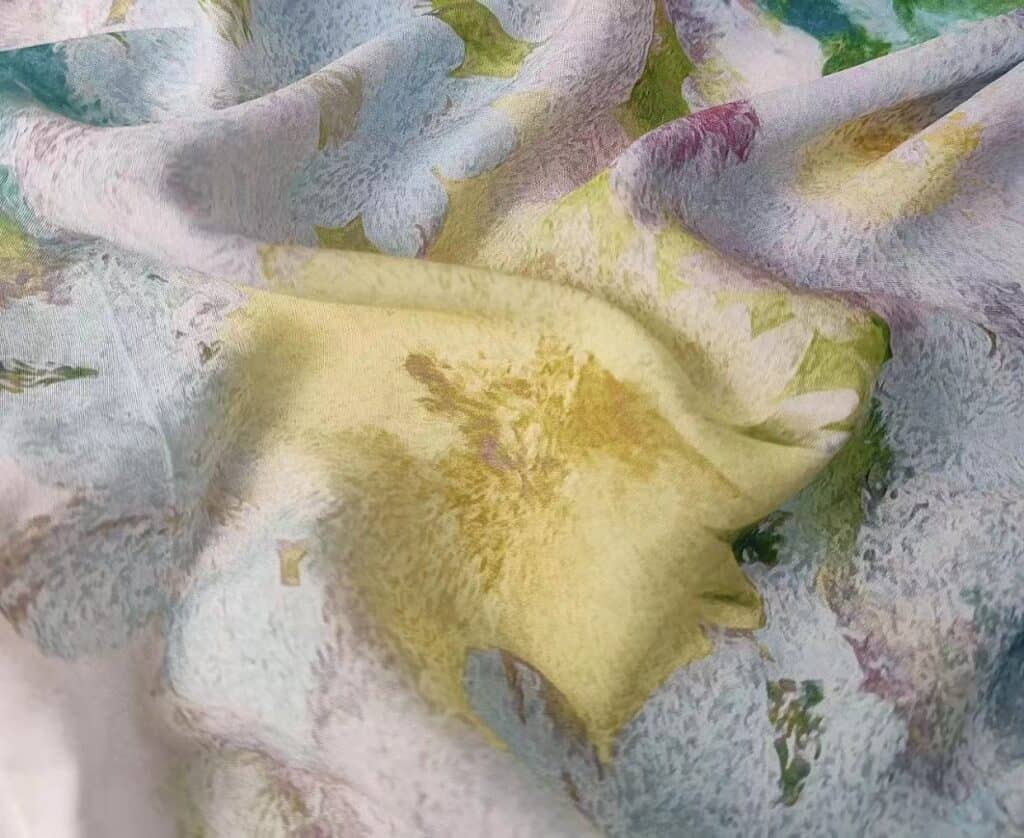
(3) Wool
The largest amount of wool fibers for textile use is wool.
Compared with cotton fibers, wool fibers are thick and long, have a certain curl, and its surface is covered with a layer of scales. Due to the presence of scales, wool brings a special property, namely, shrinkage. Shrinkage is the nature of the wool in warm water and washing solution to rub, mutual bite felt shrinkage. Shrinkage is one of the reasons why wool products shrink after washing and become denser in life. If the scales are destroyed so that they are smooth and flat, shrinkage does not occur. Therefore, the machine wash wool sweater sold in the market, after this surface treatment.
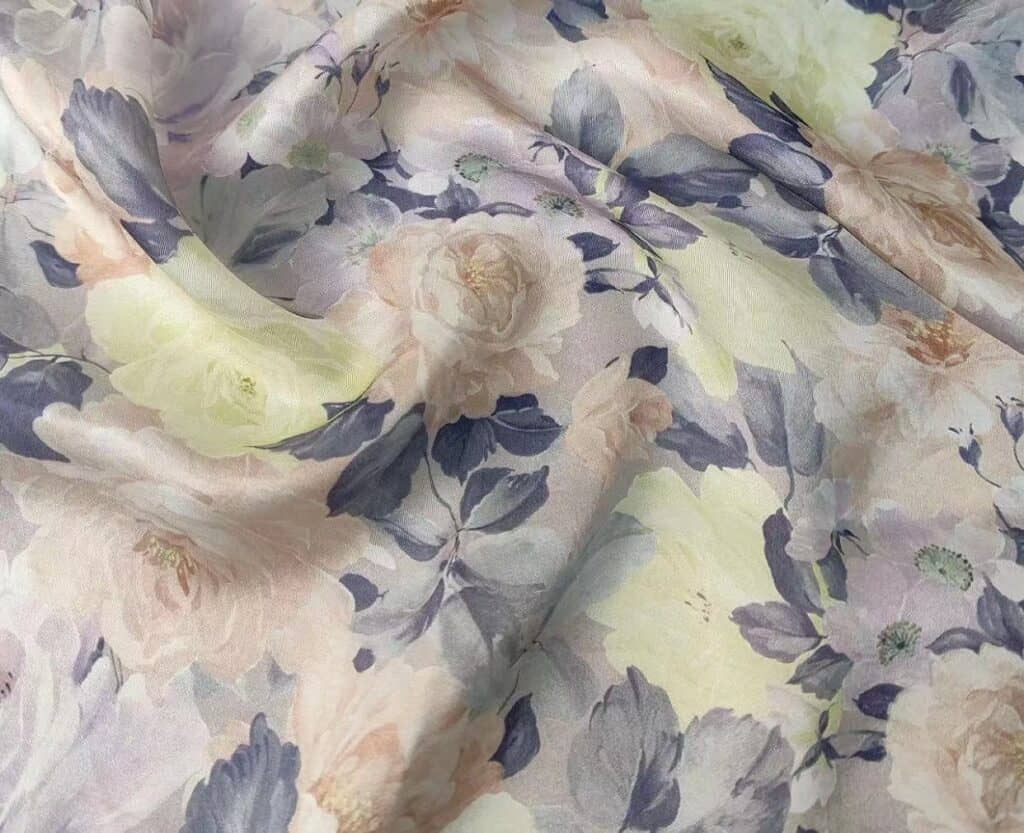
(4) Silk
Silk is divided into home silk and wild silk, home silk is mulberry silk; wild silk is the main species of crassica silk. Silk is strong, long and thin fiber, soft and smooth, weak and good, with a unique luster. Silk is a high-grade clothing material, and belongs to the same protein fiber as wool.
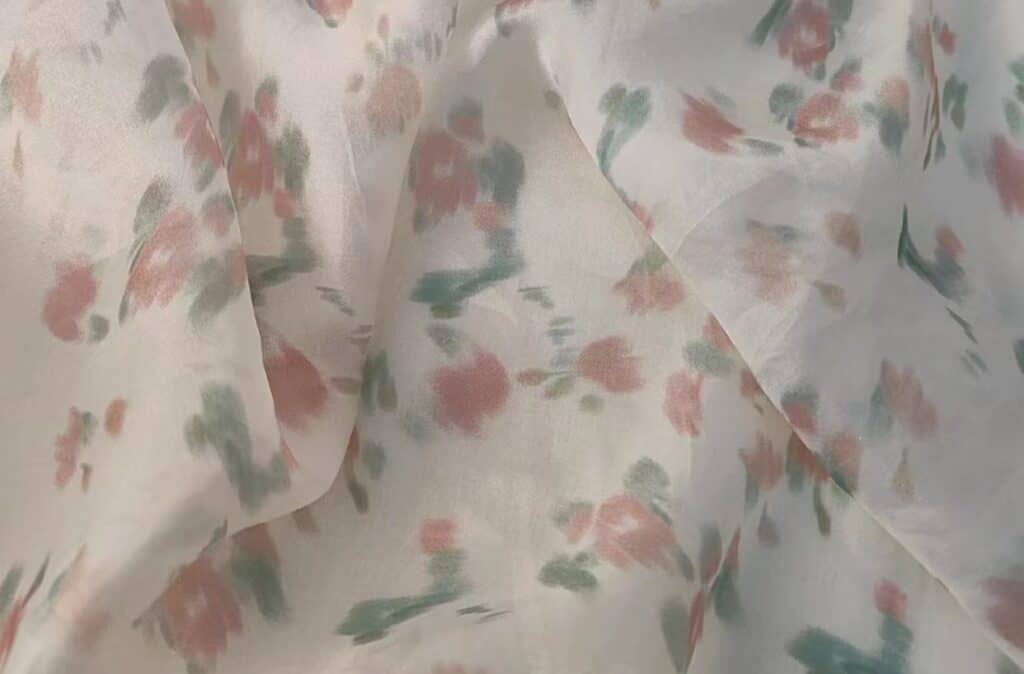
Chemical fiber
(1) Polyester
It is currently the fastest growing chemical fiber in a fiber, commonly known as indeed. It is made of spun silk fabrics such as soft yarn, Julissa, Jiali silk, hemp yarn material. Will polyester and cotton blended called cotton indeed (cotton polyester), blended with wool for wool polyester, blended with hemp for hemp polyester, etc.. Its characteristics: stuffy, not breathable feeling, dyeing is not easy, friction with static electricity, easy to absorb dust, but not easy to shrink, easy to wash, quick dry.
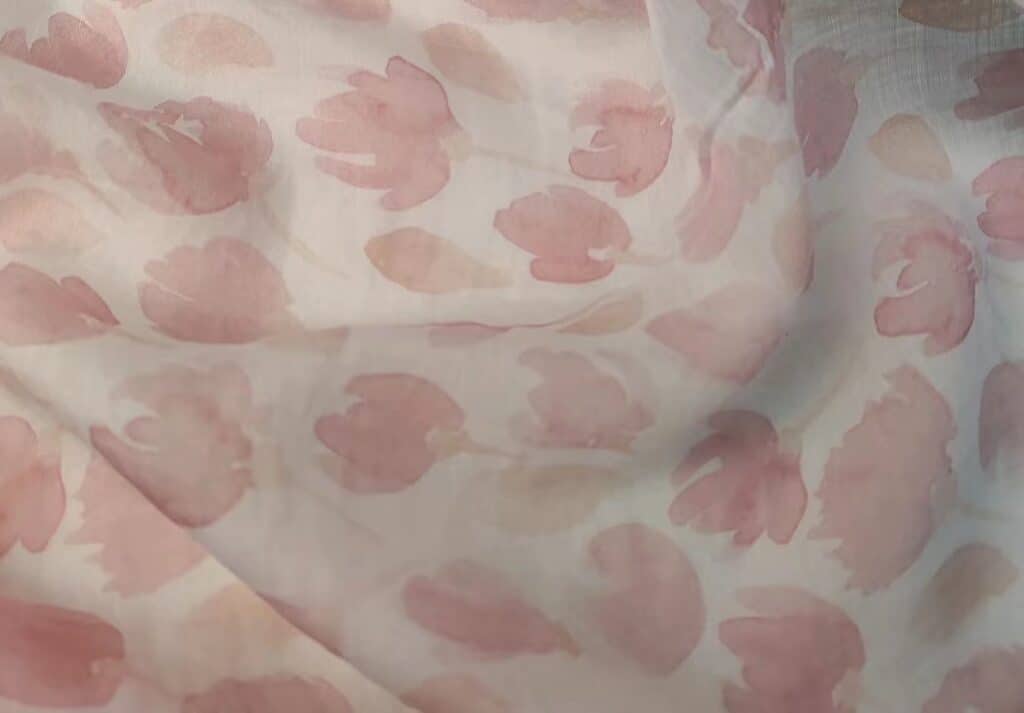
(2) nylon
Commonly known as nylon, nylon, Capron, etc., its characteristics: good elasticity, high strength, high abrasion resistance, poor light resistance, in the sun easily yellowing. Commonly used in socks, gloves and knitted sportswear, etc.
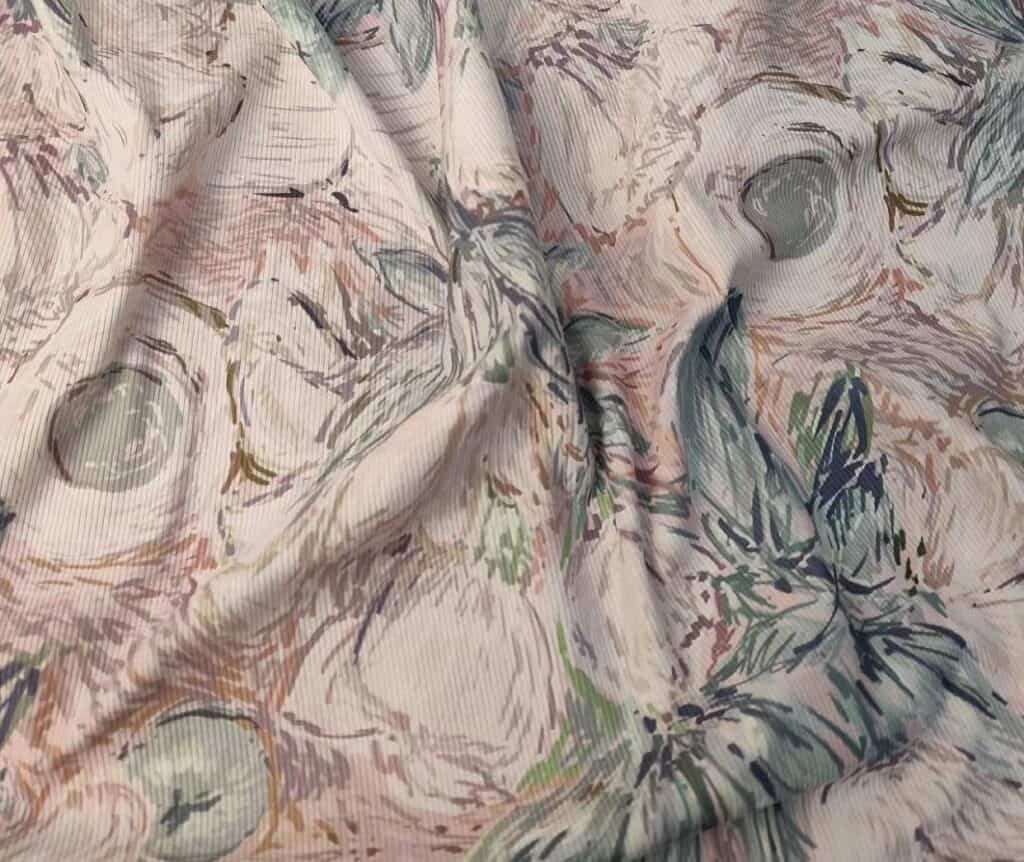
(3) Acrylic
Commonly known as Orlon, cashmere, Aixlon, etc., with fluffy, soft, warm and other characteristics, such as quality, price, bright color, no mold, no moth, no ironing after washing. Suitable for autumn and winter clothing fabrics, such as acrylic knitwear, spinning fur coat, and blankets, etc.
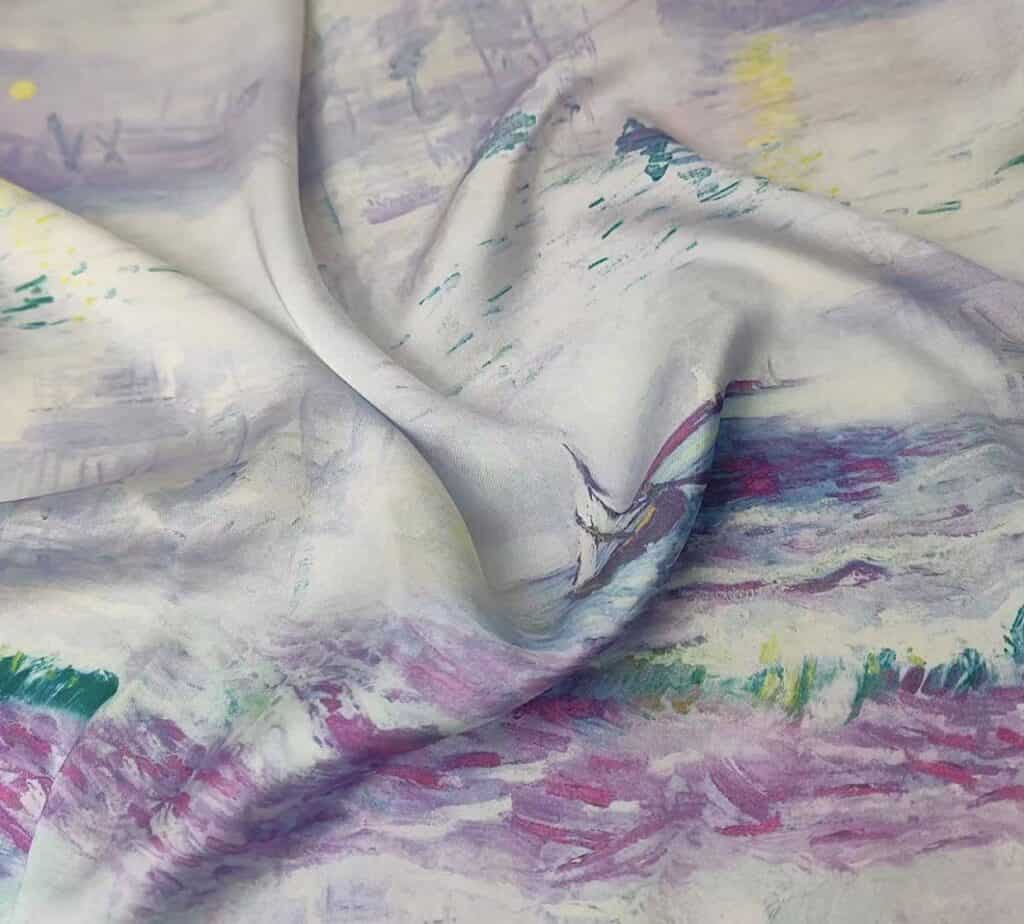
(4) Viton
Commonly known as vinylon, yarn spandex, cola spandex, etc., will be vinylon and cotton blended, it became the domestic market once quite popular cotton spandex fabric. Vinylon fabric is very similar to cotton, the nature of synthetic fibers in the closest to cotton fibers, more for bedding.
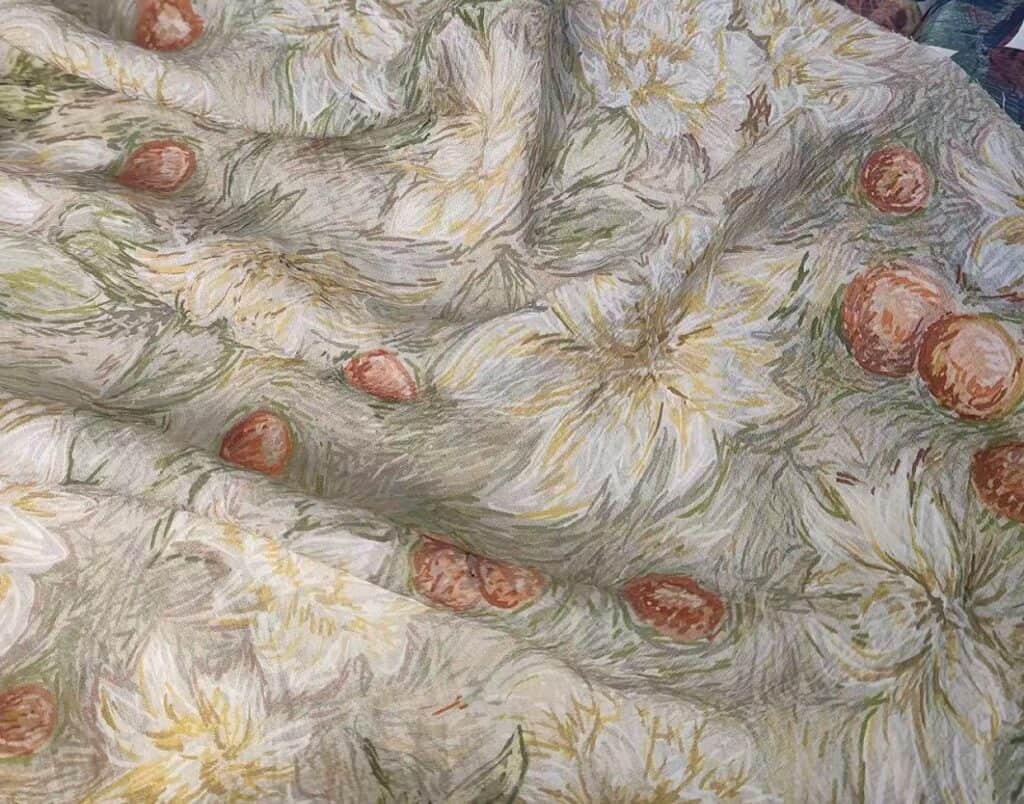
(5) viscose
Its raw materials are natural substances, such as wood, bamboo, cotton staple, bagasse, etc., spun fiber is also called rayon, its fabrics are: beautiful silk, rich spring spinning, artificial soft satin, artificial cotton, artificial wool, etc..
Its characteristics are as follows.
High moisture absorption, flammable.
Smooth surface and soft hand feel. Viscose fabric drapability than cotton and linen, suitable for dresses and a variety of clothing fabrics, lining.
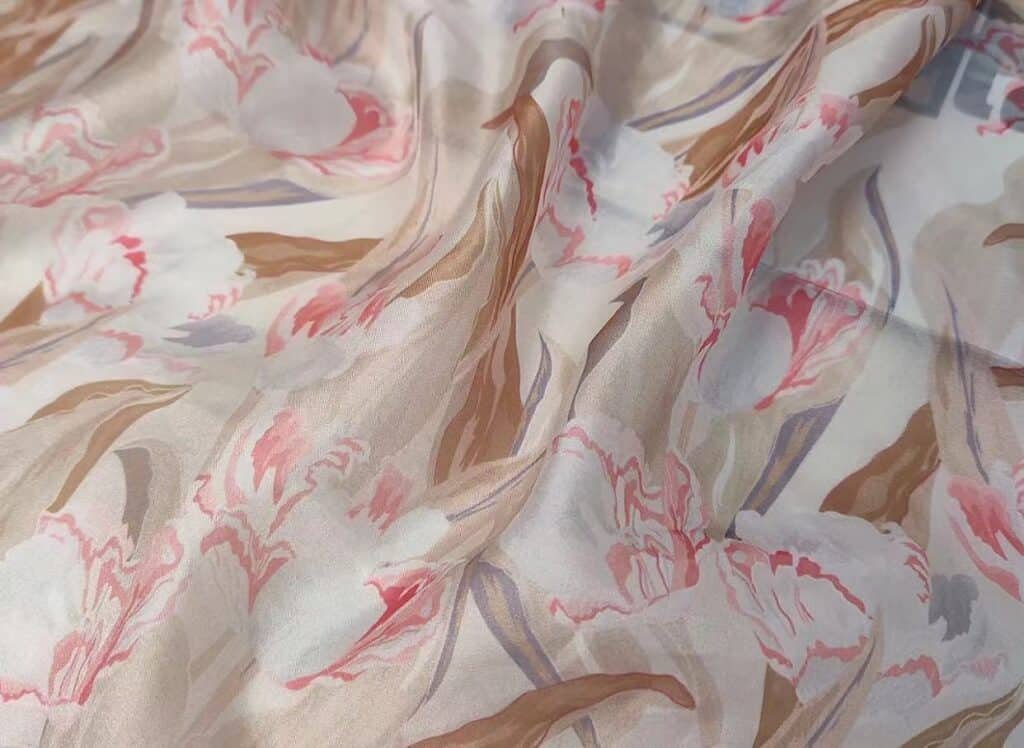
(6) vinegar (ester, acid) fiber (dimension)
Most of them appear in silk style, in addition to for clothing fabrics, but also commonly used as lining material, etc.
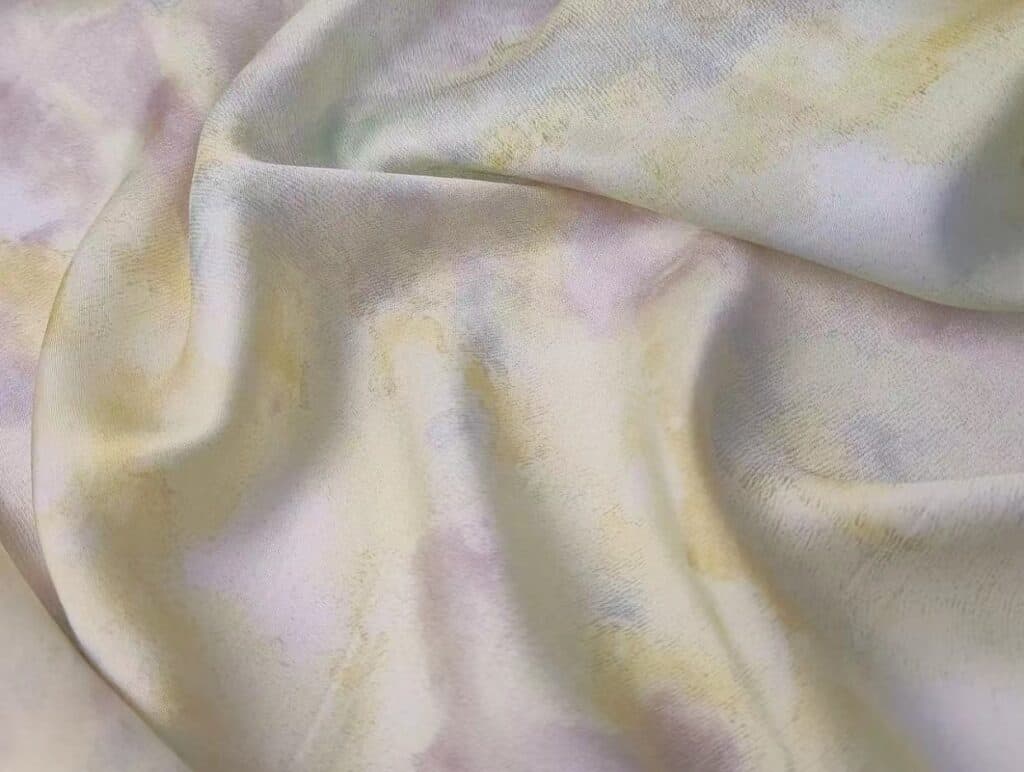
(7) spandex
Has the high elasticity of rubber, so also known as elastic fiber. Can replace the use of rubber, but currently more expensive. Its characteristics are as follows.
High elasticity, with other fibers are not as high elasticity, wear resistance is good.
In the cold, wind, snow or sun conditions also does not lose its elasticity.



















